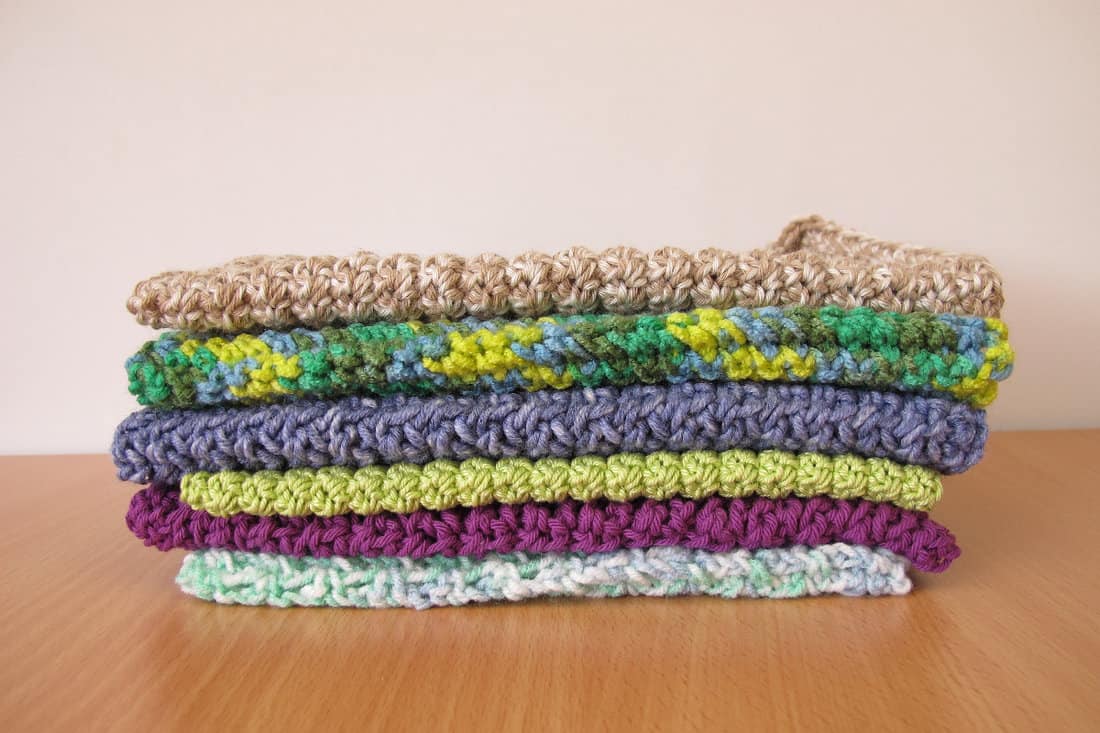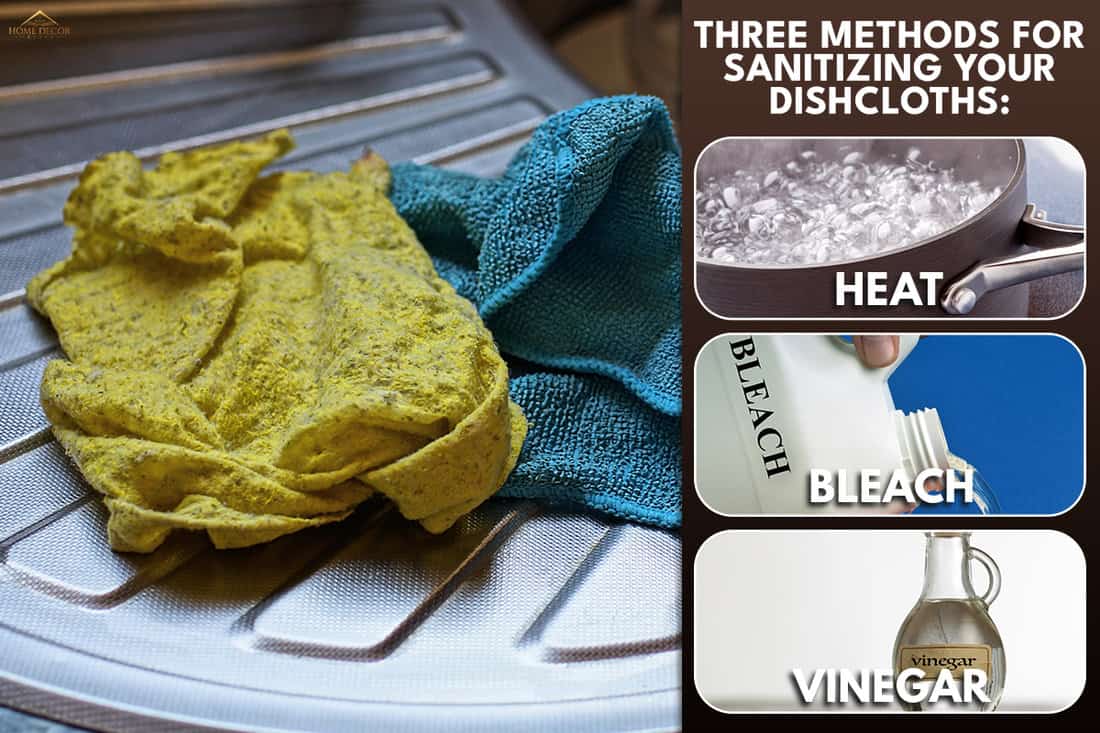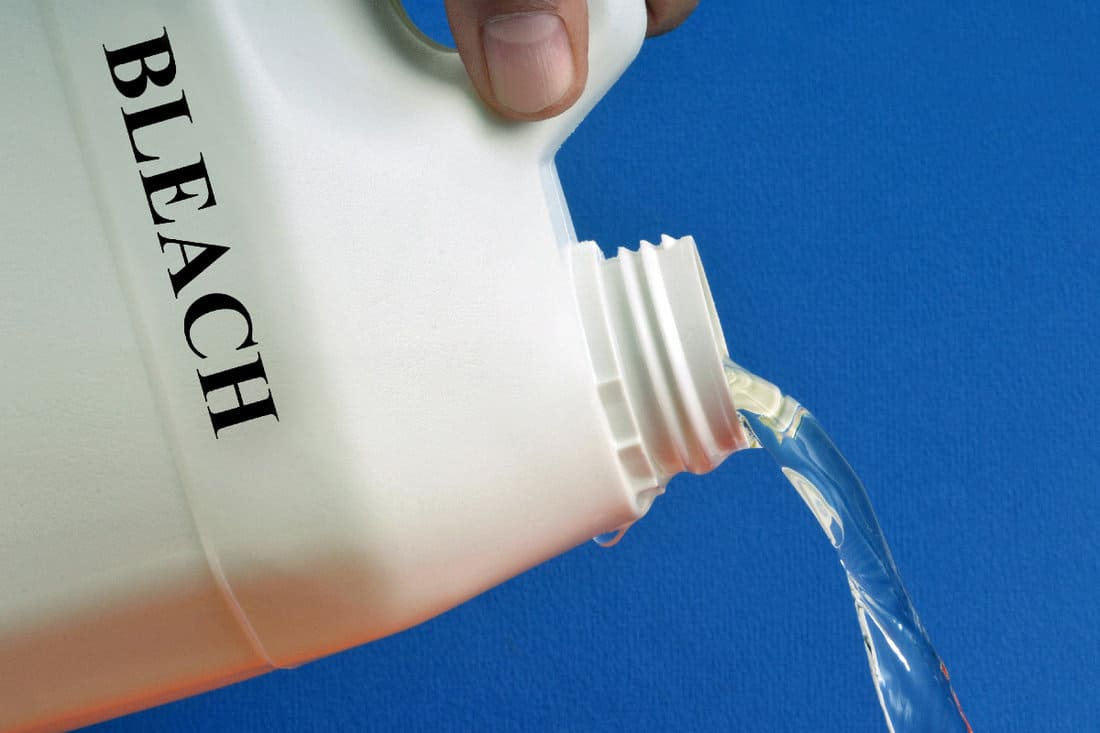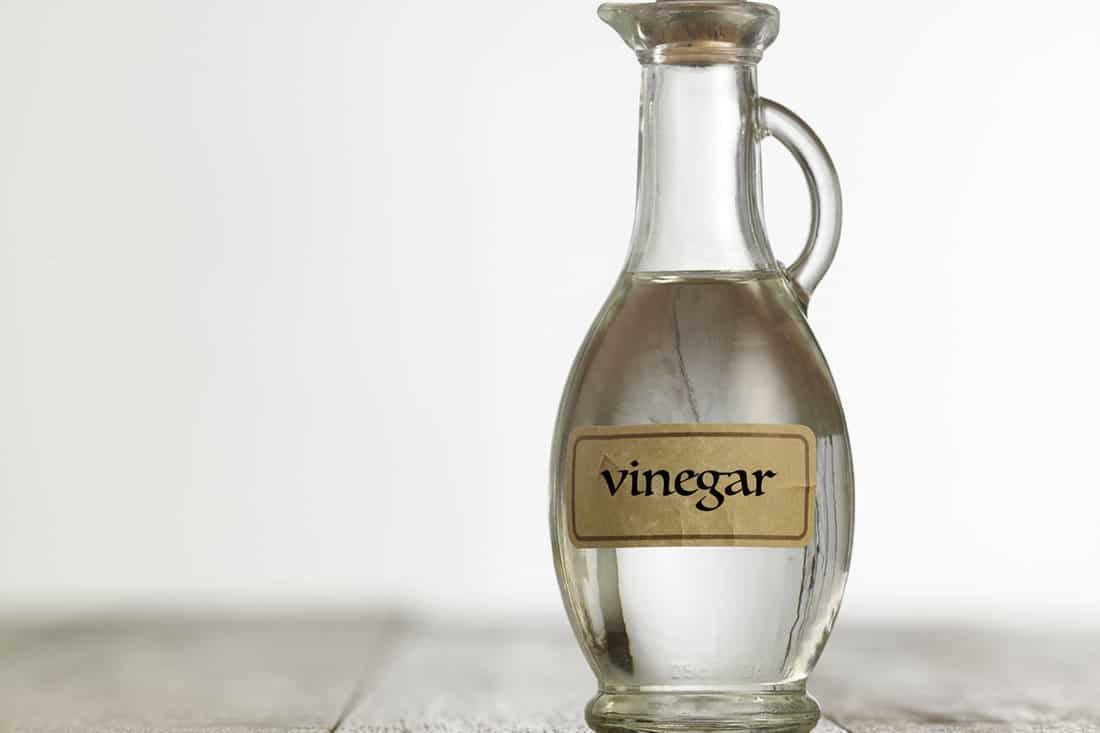Wet dishcloths are one of those great nuisances of the kitchen. At some point, you inevitably get sick of that constant clutter and stink of wet dishcloths. Maybe you put a dish in the sink and got a whiff of that moldy-towel smell. Perhaps you had to uncrumple a cold, damp, germ-laden dishcloth that's been waiting for laundry day. Either way, you're finally here. Asking the internet for a clear answer to that age-old question - how do people store their wet dishcloths? We've researched and brought you several great solutions to this classic dilemma.
- Towel rail
- Sink caddy
- Suction cup hook
- Dishcloth holder
- Wall-mounted towel hook
- A small storage bin under the sink (ideally, one with drainage and airflow)
- Inside a wet bag
- Mesh laundry bags
Reusing Dishcloths
Many people have begun trying to shift away from relying on paper towels and paper products in their daily cleaning. This is great for the environment, but it can also mean a lot of extra laundry. To help make your transition to more eco-friendly dishcloths manageable, it's essential to find a safe, hygienic way to reuse them. Some great ways to hang a wet dishcloth in between uses include:
Towel Rail or Rack
We sometimes add affiliate links and content that was curated and created by our team with the help of advanced ai tools to help showcase the best design styles.

The simplest answer is to hang your dishcloth on an available towel rack so that it can dry. If you don't have space available elsewhere (like your oven handle), you can also add one. This is a magnetic towel rack that installs without screws to the sink.
Click here to see this towel rack on Amazon.
Alternatively, this one can be placed over a cabinet door. Store the towel inside the door if you want it out of sight.
Click here to see this rack on Amazon.
Sink Caddy
A caddy is a great way to hang a dishcloth while organizing the rest of your countertop as well. You can find a caddy as simple or complex as you need. Some are a tiny basket on the side of the sink that holds a sponge. Some can be a way to arrange towels, cleaners, soaps, or anything else you could desire. The great part about this one is that it comes with a removable drip tray. You can hang a wet dishcloth here to dry without leaving a gross puddle on the counter.
Click here to see this caddy on Amazon.
Suction Cup Hook
Another easy answer is a simple hook system. You can always make something yourself, such as a simple rod with s hooks. Alternatively, this suction cup hook is easy to install almost anywhere that is convenient. Just drape your cloth here until you need it again.
Click here to see these hooks on Amazon.
Dishcloth Holder
If you don't like having your dishcloths in the sink, it's hard to blame you. It's not exactly the most sanitary spot in a lot of households. Alternatively, this holder can hold multiple dishcloths right on the countertop.
Click here to see this dishcloth holder on Amazon.
Wall-Mounted Towel Holder
Some people don't like the dishcloth in the sink or on the counter. Another option is a holder like this, which is attached with adhesive to the wall or cabinet. This way, the cloth can hang and dry, but you still keep the water and mess off your counter.
Click here to see this towel holder on Amazon.
How to Keep Dishcloths From Smelling
The biggest trick to keeping that awful smell away from your dishcloths is to make sure they always get a chance to dry properly. A clumpy, balled up dishcloth at the bottom of the sink is a breeding ground for bacteria. This is what makes them smell so terrible. A properly hung dishcloth that has airflow and a chance to dry out won't make that smell.
The only other catch with dishcloths is to be careful how you use them. For example, a dishcloth used to wipe raw meat is instantly contaminated by any bacteria. This cloth is unsanitary, wet or not.
In these cases where there's an extreme bacteria concern, such as raw meat or spilled milk, it may be best to use a paper towel and dispose of it. Leave your reusable dishcloths for things like wiping crumbs and water spills, not a place to house listeria bacteria.
How Often Should You Wash Dishcloths?

For sanitary reasons, you really should use a new dishcloth every day. It's fine to hang it up between uses and keep reusing it for the day. However, the ideal plan is to let it dry overnight.
Then, in the morning, it can be put away for laundry day - remember, putting it in the hamper dry means it's less likely to mildew, smell, or grow extra bacteria. Get a new clean dishcloth and use it to tackle that day's chores, then repeat. Dry overnight, put in the hamper, and start fresh each morning. There are a few good methods to store the used dishcloths between washes.
Storage Bin
For an easy way to store your used dishcloths between washes, a simple bin under the sink can do the trick. Just pick one that isn't entirely closed - though hopefully, you're letting the dishcloths dry first, you'll still want airflow in case there is any moisture left. It's very unpleasant to find mold growing on an old, wet cloth that's been waiting a little too long for laundry day.
If you want, then you can even hang it up with a few screws. This will increase air circulation underneath the basket as well.
Click here to see this wire bin on Amazon.
Wet Bag
Special wet bags are made of a material that's designed for housing wet items. Keep in mind; this will only work if you wash the kitchen towels quite frequently. The wet items inside the bag can still mildew. The bag only keeps the moisture inside and prevents it from leaking out. This, in no way, means you can leave your dishcloths sopping wet and keep them in the bag for two weeks at a time.
Click here to see these wet bags on Amazon.
Mesh Laundry Bag
As an alternative to the wet bag, you could also use a mesh laundry bag. This won't prevent any moisture from leaking, so you'll want to store it carefully. However, it does offer better airflow. As a result, the dishcloths are less likely to smell or mildew.
Click here to see these mesh bags on Amazon.
Can You Wash Dishcloths With Clothes?
In short, the answer is no. You really shouldn't wash your dishcloths with your regular t-shirts and sweatpants. There are a few reasons for this:
- To properly clean dishcloths, you should be using hot water. Hot water is rarely the correct setting for your regular clothes - combining two loads to wash them poorly does not make much sense.
- If you're changing your dishcloths as often as you should be, there's probably no reason to combine loads anyway. If you only have a few dirty towels, you're almost definitely using the same one too long. Dishcloths get used for lots of germy things. They should be changed daily.
How Do You Sanitize Dishcloths?

There are three methods for sanitizing your dishcloths. You may pick the way that works best for you.
Heat
Using heat can kill germs on your dishcloths. To kill germs effectively in the wash, the water must reach at least 140 degrees. However, many homes can not provide temperatures hot enough in the washing machine. One solution is to turn up your water heater before washing kitchen towels. Another option is to boil your dishcloths in a pot of water. Just bring to a rolling boil, and then add the towels. Boil for about 15 minutes every so often. This may also help with discoloration and stains.
You can also be use heat to kill germs by placing towels in the dryer. Dry for at least 30 minutes on high to help sanitize the towels. This method may not be reliable enough for everyone's comfort. It's hard to determine how hot the dryer gets and how efficient it is at killing germs.
Bleach

You might not be able to get the water in the washing machine hot enough to sanitize, but there is another way. Just add bleach to a load of dishcloths. Keep in mind that bleach will discolor fabrics and may not be safe for all materials. Also, never pour bleach directly on laundry. Instead, add it to the bleach dispenser cup on the machine.
Vinegar

If you don't like the idea of bleach ruining your kitchen towels, then vinegar is a much safer option. Vinegar contains acetic acid, which kills bacteria and viruses. It also helps to deodorize smells as well. Add 1/2 cup of vinegar to the laundry, or 1 cup for very large, heavily soiled loads.
Important note: Do not ever combine vinegar and bleach. While either is an effective way to sanitize, pick one or the other. Mixing these two chemicals can create unsafe, toxic fumes.
In Conclusion
For sanitary, pleasant-smelling dishcloths, you should get a new one out each day. Be sure to let it dry in between uses by hanging from a hook, towel rack, dishcloth holder, sink caddy, or another system. Let it dry thoroughly before putting it aside to be washed. While waiting to wash, dirty dishcloths can be kept in a wire bin, mesh laundry bag, or wet bag. Always wash in hot water for the best clean, and consider using vinegar as a deodorizer when needed.
For more reading:

![A kitchen sink with washing cloth, How To Store Wet Dishcloths [8 Practical Solutions]](https://homedecorbliss.com/wp-content/uploads/2021/01/How-To-Store-Wet-Dishcloths.png)








